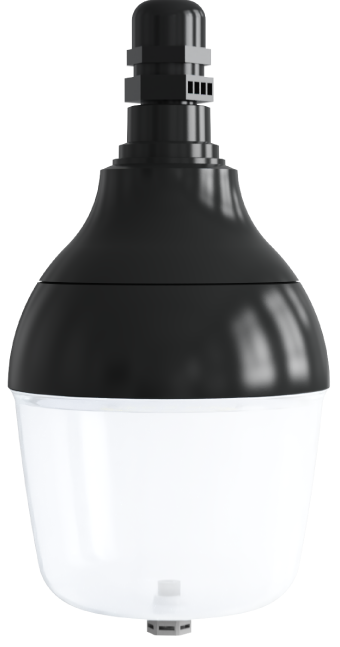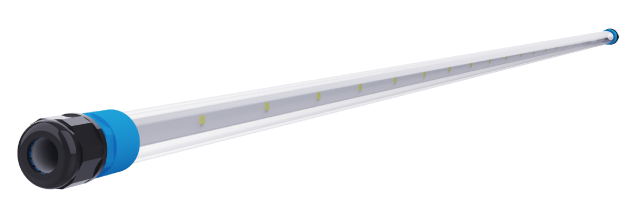Geese Shed Lighting: Effects of Different Photoperiod on the Growth Performance
Geese Shed Lighting: Effects of Different Photoperiod on the Growth Performance

Directory:
1. Introduction
2. Materials and Methods
3. Results
4. Discussion
This study investigated the impact of different photoperiods (9L:15D, 12L:12D, and 15L:9D) on the growth performance of Magang geese. Over an 8-week trial, body weight gain, survival rate, and feed-to-gain ratio were measured. Results showed that the control group (12L:12D) exhibited superior early-stage growth (4–7 weeks), while the long photoperiod group (15L:9D) achieved higher feed efficiency during later stages (9–12 weeks). Survival rates were highest in the control group (83.3%), followed by the long photoperiod group (80.0%) and short photoperiod group (66.7%). These findings suggest that adjusting photoperiods according to growth phases can optimize productivity in meat geese farming.
1. Introduction
Light management is a critical environmental factor influencing poultry growth and feed efficiency. While previous studies have focused on chickens and ducks, research on geese remains limited. This study addresses this gap by evaluating how varying photoperiods affect body weight, survival, and feed utilization in Magang geese, a key breed in Southern China.
2. Materials and Methods
2.1 Experimental Design
Animals: 96 four-week-old Magang geese were divided into three groups (n=32/group):
Short photoperiod (9L:15D): Restricted daylight using blackout curtains.
Control (12L:12D): Natural daylight cycle.
Long photoperiod (15L:9D): Extended light with incandescent bulbs (80 lux).
Duration: 8 weeks (56 days).
Parameters Measured: Weekly body weight, survival rate, and feed intake.
2.2 Data Analysis
Statistical differences were assessed using SPSS 19.0 with Duncan’s multiple range test. Data are presented as mean ± SEM.
3. Results
3.1 Body Weight Gain
Early Growth (4–7 weeks): The control group showed the highest weight gain (Fig. 1), significantly outperforming both short and long photoperiod groups (P < 0.05).
Fig.1 Effect of photoperiod on body mass of geese

Late Growth (8–12 weeks): The long photoperiod group exhibited accelerated growth, surpassing the control group in feed efficiency (Fig. 2).
3.2 Survival Rate
Control: 83.3%
Long Photoperiod: 80.0%
Short Photoperiod: 66.7%
3.3 Feed-to-Gain Ratio
Early Stage: Control group achieved the lowest ratio (most efficient).
Late Stage: Long photoperiod group demonstrated superior feed conversion (P < 0.05).
Fig.2 Effect of photoperiod on ratio of feed to gain of geese

4. Discussion
4.1 Early Growth Advantage of 12L:12D
The control group’s balanced photoperiod likely reduced stress and aligned with natural circadian rhythms, promoting consistent feed intake and metabolism. This aligns with studies showing that moderate light cycles enhance poultry growth during rapid developmental phases.
4.2 Late-Stage Efficiency of 15L:9D
Extended light exposure in later stages may stimulate metabolic activity and nutrient partitioning, improving feed utilization. Similar patterns have been observed in broilers under intermittent lighting programs.
4.3 Low Survival in Short Photoperiod Group
Prolonged darkness (9L:15D) likely induced stress and suppressed immune function, leading to higher mortality. This underscores the importance of adequate light for geese welfare.
Photoperiod significantly impacts growth performance in meat geese. A 12L:12D cycle is optimal during early stages, while extending light to 15L:9D in later phases enhances feed efficiency. Farmers should adopt stage-specific lighting strategies to maximize productivity and animal welfare. Future research should explore intermittent lighting and breed-specific protocols.
5. Related Products
Led Geese Shed Lighting bulbs D80



6. Contact Ceramiclite

